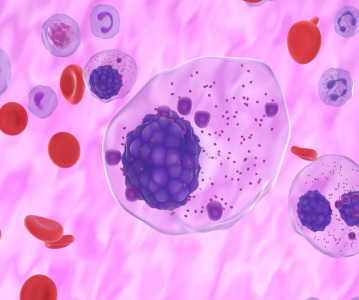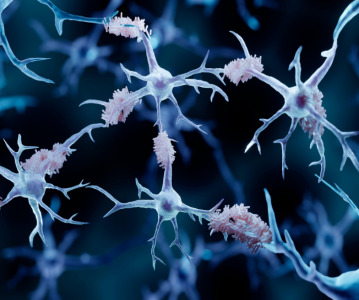NIH Funds Research Consortia to Study More than 200 Rare Diseases

Physician scientists at 22 consortia will collaborate with representatives of 98 patient advocacy groups to advance clinical research and investigate new treatments for patients with rare diseases. The collaborations are made possible through awards by the National Institutes of Health — totaling about $29 million in fiscal year 2014 funding — to expand the Rare Diseases Clinical Research Network (RDCRN), which is led by NIH’s National Center for Advancing Translational Sciences (NCATS).
There are several thousand rare diseases, of which only a few hundred have any treatments available. Combined, rare diseases affect an estimated 25 million Americans. Some obstacles to developing rare disease treatments include difficulties in diagnosis, widely dispersed patients and scientific experts, a perception of high risk, and a lack of data from natural history studies, which follow a group of people with a specific medical condition over time.
“NCATS seeks to tackle these challenges in an integrated way by working to identify common elements among rare diseases,” said NCATS Director Christopher P. Austin, MD. “The RDCRN consortia provide a robust data source that enables scientists to better understand and share these commonalities, ultimately allowing us to accelerate the development of new approaches for diagnosing and treating rare diseases.”
With the new awards, scientists at the 22 RDCRN consortia will conduct a minimum of two multisite clinical studies, including one longitudinal natural history study for a group of at least three related rare diseases. The RDCRN Data Management and Coordinating Center (DMCC) will continue to support the consortia by providing technologies and tools to collect and analyze standardized clinical research data, as well as supporting study design.
“The real strength of the collaboration among RDCRN consortia is the power to obtain high-quality data,” said Pamela M. McInnes, DDS, acting director of the NCATS Office of Rare Diseases Research and NCATS deputy director. “These data form an important base to better define patient populations, attract industry partners, share information on best practices and advance treatment options for the rare disease patient community.”
Related News
-
News BioNTech to begin mRNA vaccine manufacturing in Rwanda by 2025
German biotechnology company BioNTech has stated their intentions to begin production at their mRNA vaccine factory in Rwanda by 2025, which will mark the first foreign mRNA vaccine manufacturing site on the continent of Africa. -
News Identifying Alzheimer’s Disease biomarker proteins with whole blood tests
A University of Manchester spin-out pharmaceutical company, PharmaKure, has reported successful study results for the quantification of Alzheimer’s Disease biomarker proteins with a whole blood test. -
News Bill & Melinda Gates Foundation to boost mRNA vaccine initiatives in Africa with USD $40m
To address vaccine inequality and accessibility issues, the Bill & Melinda Gates Foundation aims to deliver USD $40m to various biotech companies and vaccine manufacturers in support of mRNA vaccine development. -
News CPHI Podcast Series: Exploring neurological frontiers in Alzheimer's and beyond
The next episode of the CPHI Podcast Series delves into the science and background behind some recent developments in the field of Alzheimer's disease and neurological disorders. -
News Is patient centricity the future of pharmaceutical manufacturing?
In this interview with Sandra Sánchez y Oldenhage, President of PharmAdvice, she speaks to the importance of considering patients in the manufacturing stages of the pharmaceutical supply chain, and how it can redefine healthcare. -
News CPHI Podcast Series: How to leverage AI for Drug Discovery
Artificial intelligence is the topic of debate in the latest episode from the CPHI Podcast Series, where Digital Editor Lucy Chard speaks with Bill Whitford of DPS Group about the integration of AI in healthcare. -
News Pfizer forges ahead with blood cancer therapy after approval from FDA
Pfizer gains accelerated approval from the US FDA for their new bispecific antibody therapy for multiple myeloma, set to address an unmet need for patients. -
News Alzheimer's drug donanemab deemed effective in landmark clinical trial
Results from the TRAILBLAZER-ALZ 2 Randomised Clinical Trial into the use of donanemab to treat early symptoms of Alzheimer’s disease have been analysed.
Position your company at the heart of the global Pharma industry with a CPHI Online membership
-
Your products and solutions visible to thousands of visitors within the largest Pharma marketplace
-
Generate high-quality, engaged leads for your business, all year round
-
Promote your business as the industry’s thought-leader by hosting your reports, brochures and videos within your profile
-
Your company’s profile boosted at all participating CPHI events
-
An easy-to-use platform with a detailed dashboard showing your leads and performance







